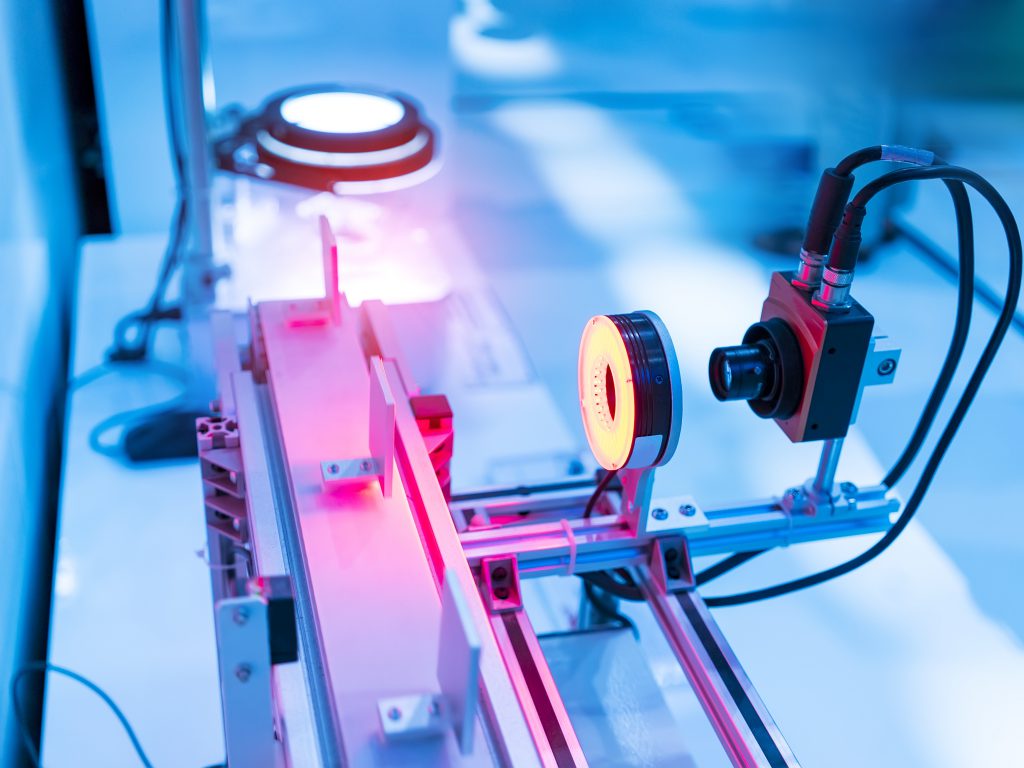
Machine vision inspection systems are used in virtually all types of industries. Their versatility means that these vision applications can be applied to sectors as diverse as the automotive and pharmaceutical industries, among others, in order to improve production, improve product quality and reduce costs.
Machine vision systems act like human vision by using sensors to acquire data from the real world. It is then processed and analyzed to obtain the desired results. In this way, applications can be developed for quality control or safety, and to solve identification and classification problems, among many other options.
Adding machine vision to a process allows you to see and learn from it automatically, making this technology a key point for the automation and digitization of processes.
Here are reasons why incorporating vision systems for automation and digitization in a production plant.
- 100% inspection of production using vision inspection systems
In many cases, manual inspection of 100% of the production is complicated. In other cases, inspecting the entire production process consumes a very large number of resources, which increases production costs. Machine vision systems make it possible to inspect 100% of production without interfering with the process. In addition, the systems are implemented adapting to the current process and perform inspection of key points.
Machine vision systems are a great ally of quality control and increase both the quality of the final product and the effectiveness of the process.
- Increased efficiency through machine vision systems
The increase in efficiency is reflected thanks to the fact that the implementation and inspection of production by means of an artificial vision system is carried out without interfering in the production process.
These systems adapt to both the speed of the line and other characteristics of the process and allow inspections to be carried out at a much lower cost. In addition, they are capable of working at 100% of their capacity during the entire working day.
Reduction of defects in finished product
The use of vision inspection systems leads to an increase in the final quality of the products. By being able to inspect 100% of the production, defective products are identified before being sent to the customer.
Likewise, this eliminates the costs generated by the shipping and subsequent management of these defective products.
